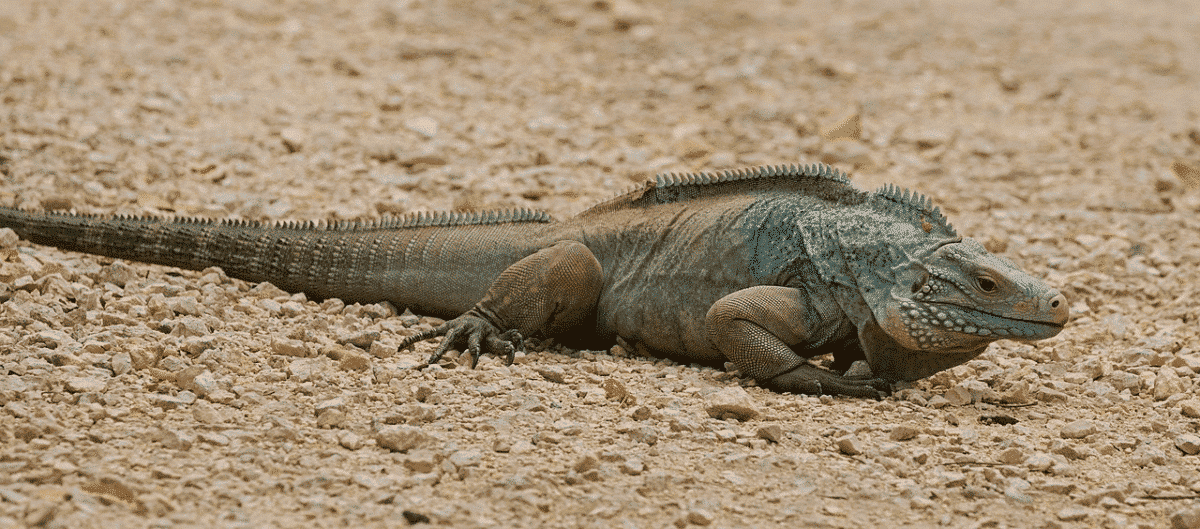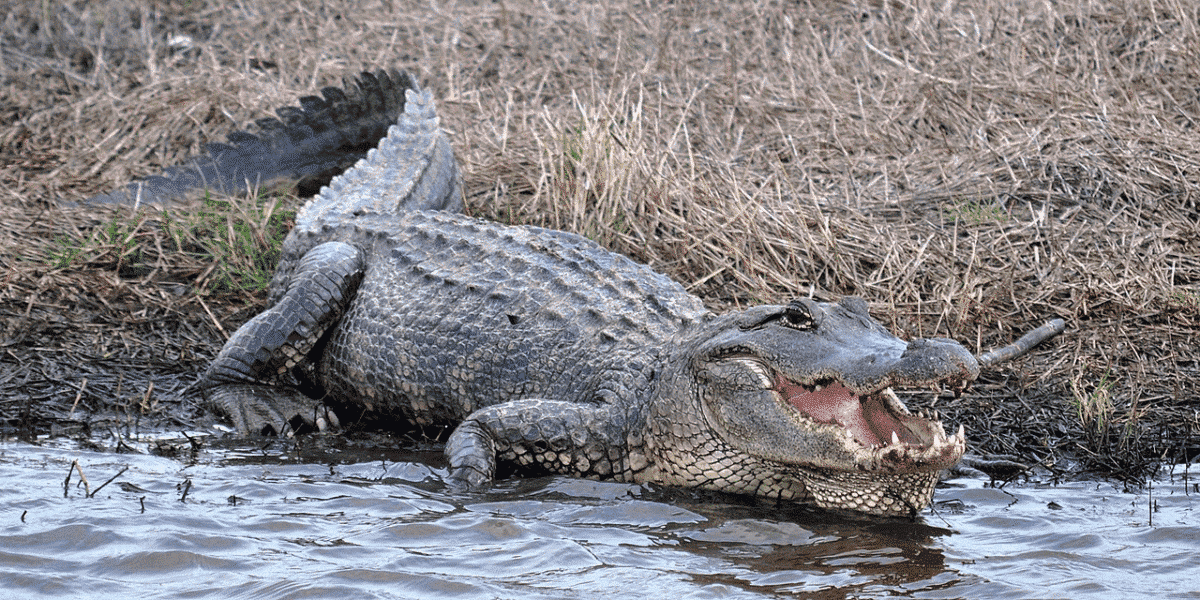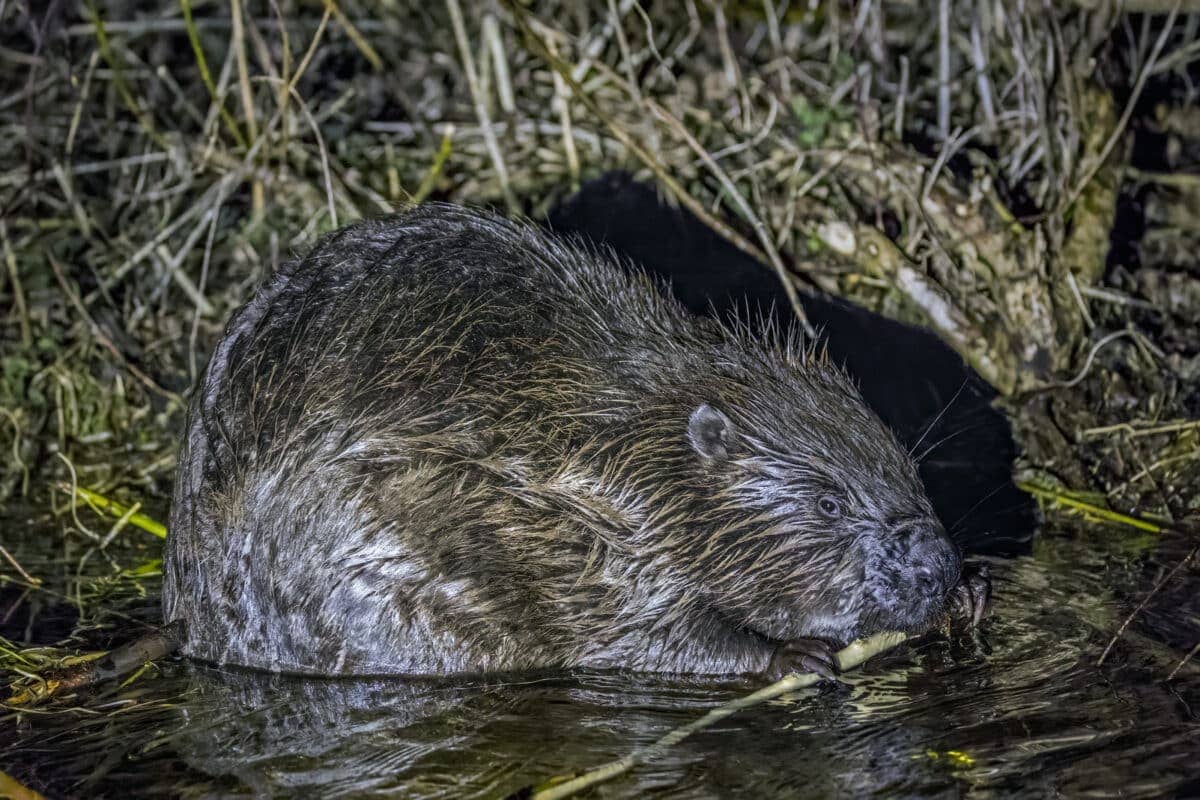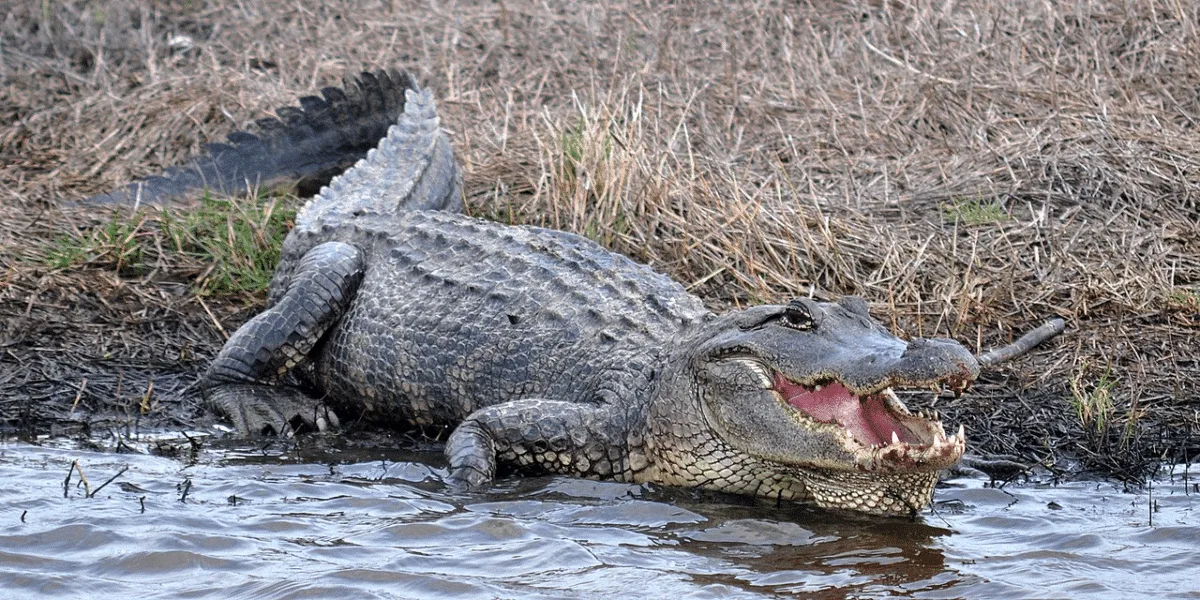This article delves into ten instances of successful conservation efforts amidst the imminent threat of extinction. The contemporary understanding that every species possesses an inherent right to exist, or intrinsic value, remains a relatively recent but often overlooked concept. Human-induced threats to wildlife and the environment manifest through overexploitation, habitat destruction and fragmentation, the introduction of invasive species, disease transmission, poaching, illegal trade, inadequate conservation measures and climate change. Since the 1600s, nearly 700 vertebrate species have been lost to extinction, while current trends indicate over 1 million species will likely be facing a similar fate.
1. Grey wolf

Grey wolves, one of North America’s most important predators, neared extinction in the 1930s due to hunting by farmers, ranchers, and the government to protect livestock. Without their main predator, ungulate populations boomed and this wreaked havoc on the natural environment. Therefore, wolves were reintroduced in the 1990s as a natural way of controlling ungulate populations in the United States.
Strategic reintroduction efforts led by organizations such as the Yellowstone Wolf Project played a crucial role. Genetic monitoring, combined with public awareness initiatives, contributed to their resurgence. This conservation success highlights the importance of keystone species in maintaining ecological balance, as evidenced by the positive impacts on biodiversity following their reintroduction.
2. Giant panda

Giant pandas, a flagship species of wildlife conservation, were faced with extinction in the mid-to-late 1900s because of human-driven habitat destruction in southwestern China. With only 1,100 giant pandas left, dedicated efforts by organizations like the World Wildlife Fund (WWF) orchestrated conservation strategies. These conservation efforts encompassed habitat preservation, captive breeding programs, and community engagement. The implementation of effective policies, coupled with international collaborations, notably between China and various conservation bodies, played a pivotal role in reversing the decline.
As of 2021, giant pandas are no longer endangered. The Giant panda’s rebound underscores the significance of holistic approaches, combining scientific research, successful breeding programs, habitat protection, and community involvement, in safeguarding endangered species and their ecosystems.
3. Southern White Rhino

In the late 1800s, southern white rhinos were thought to be extinct as a result of poaching for their horns. This is until fewer than 100 individuals were discovered in South Africa in 1895. Collaborative efforts led by organizations like the International Rhino Foundation and researchers including Dr Ian Player orchestrated innovative conservation approaches. Intensive anti-poaching measures, habitat management, and strategic breeding programs played integral roles. The engagement of local communities in conservation efforts, alongside international support, bolstered the recovery. After over a century of effective management and protection, southern white rhinos number 18,000 and are now classified as ‘Near Threatened’. These rhinos are protected from poachers within private game reserves and protected areas.
4. Blue Iguana

The Grand Cayman blue iguana, a species once on the brink of extinction, has experienced a remarkable recovery, thanks to concerted conservation efforts. In 2002, the wild population was perilously low, with estimates ranging from just 10 to 25 individuals. This decline was attributed to habitat destruction, car-related mortality, and predation by introduced species like dogs and cats. The Blue Iguana Recovery Program, coordinated by the National Trust for the Cayman Islands, has played a pivotal role in the species’ resurgence.
By 2023, over 500 captive-bred iguanas had been successfully released into the wild. The program involves health screenings for each iguana before release and efforts are focused on managed protected areas, like the Salina Reserve. With ongoing monitoring and the establishment of new protected areas, such as the Colliers Wilderness Reserve, the program aims to ensure a sustainable wild population. This remarkable turnaround highlights the potential for complete recovery of threatened species through dedicated conservation initiatives.
5. American Alligator

The American alligator, once on the brink of extinction due to overhunting and habitat loss, has made a dramatic comeback. Listed as endangered in 1967, their status improved by the early 1970s, leading to their removal from the endangered list in some regions. A cornerstone of their recovery was alligator farming in Louisiana, where collected eggs were raised and a significant portion released back into the wild, hunting permits are also carefully regulated. This method dramatically increased survival rates. By 1987, the species was removed from the Endangered Species List but remains federally protected. Today, the population is robust, with Mississippi alone estimating between 32,000 to 38,000 alligators.
6. Brown Pelican

The Brown Pelican, once on the brink of extinction, is a remarkable conservation success story. Declared endangered in 1970 due to DDT pollution, which nearly wiped out the species, it has made a substantial recovery. By 1985, it was removed from the Endangered Species List in some areas, and recent estimates place the global population at around 620,000. Audubon’s annual Christmas Bird Count indicates rising population trends in Louisiana, Mississippi, Texas, and California over the past 40-50 years. Despite challenges from human activities and environmental threats, the Brown Pelican’s recovery underscores the effectiveness of strong environmental protections and vigilant conservation efforts
7. American Bison

The American Bison, once nearly extinct in the late 1800s, has seen a remarkable recovery. From numbering in millions, their population drastically reduced, largely due to hunting and habitat loss. Conservation efforts began in the 1880s, with notable figures like Hornaday playing a key role. Today, there are about 20,500 bison in the wild. Conservation initiatives, like the Bison Conservation Initiative, focus on maintaining large, wild, connected, and genetically diverse herds. However, most bison are now raised commercially, with less than 10% managed for conservation. Restoration projects prioritize the bison’s ecological role, aiming for larger herds to reinstate their historical impact on the prairie ecosystem.
8. Eurasian Beaver

The European Beaver, once widespread across Europe and Asia, faced near extinction due to extensive hunting and trapping. By the early 20th century, only about 1,200 individuals remained, surviving in just a few isolated populations. This dire situation prompted extensive conservation efforts, including both planned and unplanned reintroductions. Governmental organizations and environmental non-profits managed the planned releases, often starting with raising community awareness and support. By 2003, these efforts resulted in a significant rebound, with approximately 639,000 beavers across Europe. This remarkable recovery led to the Eurasian beaver being classified as ‘least concern’ on the IUCN Red List, highlighting a successful comeback from the brink of extinction.
9. California Condor

The California Condor, North America’s largest bird, faced near extinction in the 1980s with just 22 individuals remaining, primarily due to lead poisoning, habitat destruction, pollution, and hunting. This critical situation led to the launch of the California Condor Recovery Program by the U.S. Fish and Wildlife Service in 1979. By 1987, the population was at a mere 27, prompting wildlife officials to capture the remaining wild birds for a captive breeding program. The success of this program was highlighted by the hatching of the 1000th chick in 2019, a significant milestone. Today, the population has grown to around 500 birds, found in California, Arizona, Utah, and northern Mexico. Despite this progress, the species remains classified as critically endangered, facing ongoing threats from human activity and the ingestion of lead from bullet fragments in carcasses they feed on.
10. Humpback Whales

The humpback whale, a species once hunted to near-extinction, has experienced a remarkable recovery. By the mid-1980s, it was estimated that only 440 humpback whales remained south of the Equator due to extensive whaling. However, following the implementation of whaling bans, their numbers have surged impressively. Today, the global population of humpback whales is estimated to be nearly 80,000. This recovery is considered one of the world’s great ecological success stories.
Nevertheless, the resurgence of humpback whales presents new challenges to marine ecosystems. These large mammals require significant food resources, and their return to traditional feeding and breeding grounds may impact marine communities that have adapted to their absence. Researchers, like Emily Zembricki of Stockton University, are studying how this return affects these ecosystems, particularly in the context of climate change stresses. The humpback whale’s comeback illustrates the complex interplay between conservation success and ecosystem dynamics.
Conclusion
This article showcases the resilience of nature and the efficacy of human-led conservation efforts. The stories of grey wolves, giant pandas, southern white rhinos, blue iguanas, American alligators, brown pelicans, American bison, Eurasian beavers, California condors, and humpback whales illustrate the positive impact of targeted conservation strategies. Despite these successes, true recovery aims to have self-sufficient wild populations, and many of these cases still require careful management and intervention. Most importantly, addressing these various threats requires comprehensive and coordinated conservation efforts, sustainable resource management, and global cooperation to mitigate the impact of human activities on biodiversity.
If you enjoyed this article, read more on:
- Rhino Rewilding: Saving South Africa’s White Rhinos from Extinction
- These Animals are on the Brink of Extinction in 2023
- Humpback Whale Breaches Out Front Of Seattles Space Needle
- Scientists rediscover golden mole that was last seen 90 years ago
- The Alarming Decline of Animal Populations
Key References:
- Kahui, V., Moyle, B., & Brunell, A. M. (2018). Alligator conservation and hunting efficiency. Natural Resource Modeling, 31(2), e12155. https://doi.org/10.1111/NRM.12155
- McKinney, M. (2020). A genetic assessment of the Blue Iguana Recovery Programme’s success, and prognosis for the species’ future conservation. Mississippi State University.
- Willers, C. (2022). Reintroduction of the Grey Wolf. Department of Environmental Studies: Undergraduate Student Theses. https://digitalcommons.unl.edu/envstudtheses/329
Join our Forum for free today!

- Shocking Survey Results of only 718 Snow Leopards Identified in India - July 18, 2024
- Do Octopuses Punch Fish For No Reason? - July 5, 2024
- Brave Farm Animals Save Chicken Friend FromHawk - June 30, 2024

